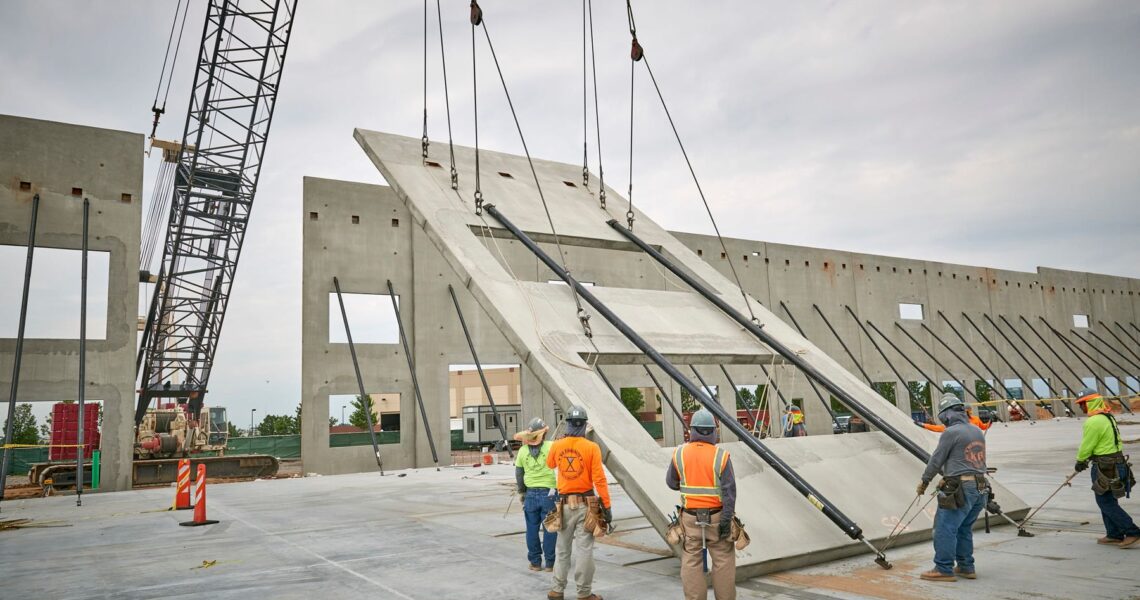A Comprehensive Guide to Commercial Real Estate Development Agreements
When embarking on a commercial real estate venture, one of the pivotal documents that shape the project’s trajectory is the development agreement. This legally binding contract outlines the terms, responsibilities, and expectations of all parties involved in the development process. In this guide, we will delve into the crucial aspects of commercial real estate development agreements, with a focus on understanding their significance within the context of Stone & Sallus, a prominent player in the industry.
Understanding Commercial Real Estate Development Agreements
A commercial real estate development agreement is a contract between a developer and various stakeholders, such as investors, contractors, and local authorities. This agreement outlines the roles and obligations of each party throughout the project’s lifecycle – from conception to completion. It serves as a roadmap, providing a clear framework to ensure a harmonious and successful development process.
Key Components of a Development Agreement
- Project Scope and Timeline: The agreement should outline the project’s scope, including the type of property being developed and its intended use. Additionally, a detailed project timeline with milestones and deadlines is crucial for maintaining accountability and avoiding delays.
- Financial Provisions: Clear financial terms are essential to prevent disputes. This section should cover the budget, funding sources, payment schedules, and any profit-sharing arrangements among stakeholders.
- Roles and Responsibilities: Define the responsibilities of each party involved, including the developer, contractors, architects, and consultants. Highlight who is responsible for obtaining permits, approvals, and ensuring compliance with regulations.
- Approval Processes: Discuss the necessary approvals from local authorities or governing bodies. Address the procedure for obtaining permits, zoning changes, and any environmental clearances.
- Risk Allocation: Identify potential risks and allocate responsibilities for managing and mitigating them. This includes handling unforeseen events like construction delays, cost overruns, or legal disputes.
- Default and Termination: Outline the conditions under which the agreement can be terminated due to breaches or defaults. Clearly state the consequences of termination and the process for resolving disputes.
- Intellectual Property Rights: If applicable, detail how intellectual property rights related to the design or concept will be managed and protected.
- Insurance and Indemnification: Specify the types and coverage limits of insurance required for the project, as well as indemnification clauses that protect parties from legal liabilities.
The Significance of Stone & Sallus in Commercial Real Estate Development
As a prominent name in the commercial real estate industry, Stone & Sallus brings extensive expertise and a track record of successful projects to any development agreement. Their involvement adds a layer of assurance to the process, given their reputation for adhering to high standards of professionalism, integrity, and innovation.
Conclusion
A well-crafted commercial real estate development agreement is a fundamental pillar of any successful project. From defining roles and responsibilities to mitigating risks, its impact on the project’s outcome cannot be understated. As exemplified by Stone & Sallus, industry leaders recognize the importance of meticulous development agreements in shaping a prosperous future for all stakeholders involved. Whether you’re a developer, investor, or contractor, understanding and prioritizing the elements of this agreement is key to a seamless and rewarding commercial real estate venture.

